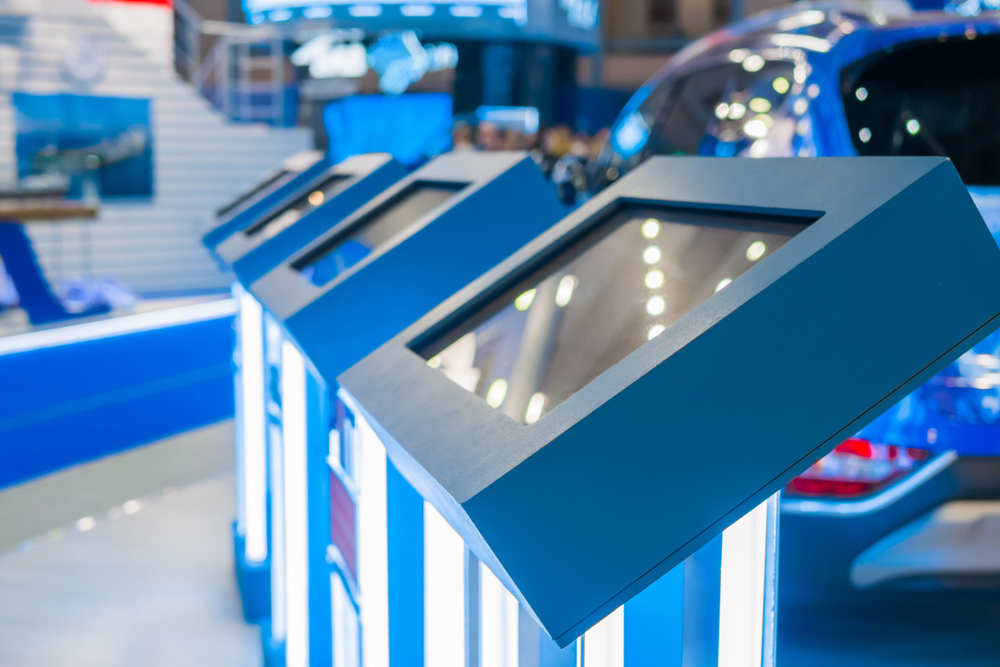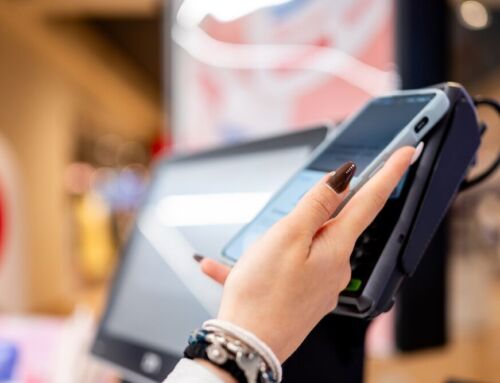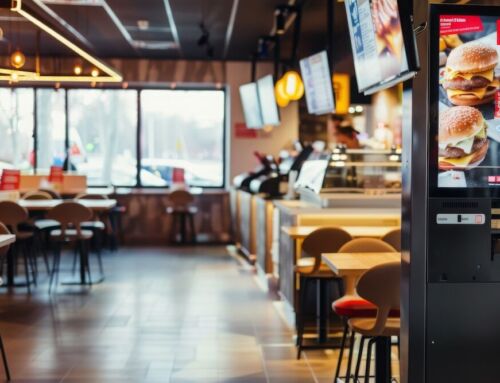There’s a lot to marvel about modern digital technology. But perhaps the most amazing part of it all is also the part we take most for granted – connectivity.
For all the clever things your smartphone can do, and the amount of compute power it packs into a slender hand-sized frame, what would it be if it couldn’t connect to the internet? And as awe-inspiring as it is to think about what the internet actually is – all those millions of websites, all those servers stacked on high in giant datacentres – isn’t the greatest wonder that we are all now virtually by default connected to it, through the devices we use day in, day out?
Connectivity is what holds the modern digital world together. Whether we’re talking wireline or wireless, public broadband or private SD-WAN, ethernet cables or WiFi, how we connect to the digital world matters. It matters for the devices we use in our daily lives. It matters to our businesses.
Like all the other digitised hardware we run in our businesses these days, kiosks also depend on internet connectivity. As service and checkout solutions, kiosks have to be connected to online payment gateways as well as to in-house product databases and ordering systems. Deployed as information points, they have to be connected to the online resources where the required information can be found.
Traditionally, kiosks would be connected via dedicated wired lines, one to each kiosk. Or else a fleet of kiosks would all be connected via a WiFi router.
But we’re seeing a growing trend towards kiosks being connected via mobile – i.e. the same cellular networks your smartphone and various other devices work on. Part of a broader expansion in use cases as mobile network technology evolves, it potentially offers a number of benefits. Here are five of them.
Cutting costs
At one time, mobile data connectivity could never have dreamed of competing with broadband on price. But as cellular capacity has increased and use cases have expanded well beyond phones, carrier prices have come down dramatically. These days, with specialist business and industrial IoT packages available, mobile connectivity is starting to be considered the more cost-effective option.
Simple, flexible installation
One reason mobile is competitive on price is because it is so easy (and therefore cheap) to set up. Unlike with broadband or private line connections, you don’t have to worry about running cabling to the nearest cabinet or exchange. A cellular router can be installed in under an hour and simply connects over the airwaves to existing mobile networks – just the same as your phone does.
Not having to worry about cabling also means there is more flexibility in where you can install cellular routers, which in turn gives you more freedom as to where you can locate your kiosks.
High speed, high performance
Along with growth in bandwidth capacity, another significant change in mobile connectivity over the past decade has been a huge step up in speed, performance and reliability. At one time, fibre line connections were seen as the gold standard because they were seen as the only viable option for achieving speeds of up to 1Gbps or more.
However, with the arrival of 4G LTE and now 5G mobile, these speeds are possible over cellular networks, too. The combination of fast connection speeds and high capacity also means mobile can now match wireline connections in terms of reliability and performance, which is an essential consideration for any business application.
Easy to scale
Mobile connections make it easier to scale up your kiosk deployments in several ways. We come back to the same point about wired versus wired connections – the fewer cables you are having to run, the easier it is to add endpoints.
But cellular also has advantages over WiFi in this regard. Mobile connections are provisioned ‘over the airwaves’, which means remotely. If you want to add capacity for more kiosk connections from the same router, it can all be done in seconds by changing the account details for the SIM in that router. Or, you can add more routers across more locations and integrate them all as part of the same network.
Future proofed connectivity
Finally, a cellular connection plugs you directly into the future of connectivity. We’ve already mentioned the rapid expansion in mobile capacity, speed and performance under 4G LTE and now 5G networks. Well we’re still only part way to seeing 5G reach its full potential, and already there is talk of what 6G will have to often, perhaps as soon as the end of the decade – ultra fast, ultra low latency, ultra high bandwidth connectivity at a scale that could mean wired connections become a thing of the past.
By connecting your kiosks and the rest of your business tech via mobile, you are plugging in to the future of connectivity, today.




